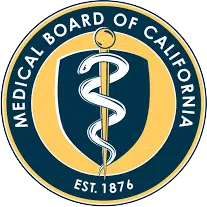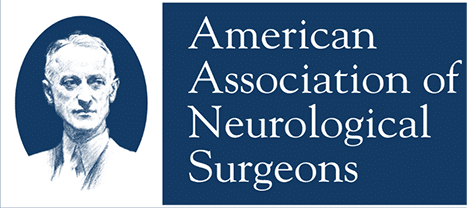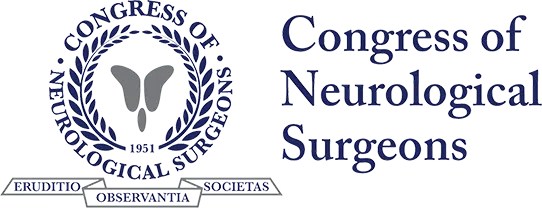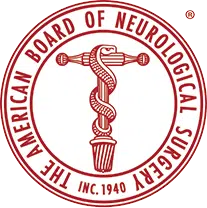Benefits of Our Laminotomy Surgery in Orange County
Dr. Taghva treats spinal stenosis and spinal nerve root compression with minimally invasive laminotomy in Mission Viejo, CA. Lumbar spinal stenosis may occur due to bone spurs, degenerative or herniated discs, infection, synovial cysts, and tumors. Most patients experience quick relief from back and neck pain and symptoms after spinal decompression. The many benefits offered by minimally invasive laminotomy surgery in Orange County include:
"*" indicates required fields
Board-certified neurosurgeon Alexander Taghva, M.D., F.A.A.N.S., is proud to offer minimally invasive laminotomy surgery in Orange County for patients suffering from chronic spinal pain. Many of his now pain-free patients once experienced various levels of intense back pain throughout their lives. Dr. Taghva routinely recommends alternative options for back pain like minimally invasive surgery (MIS) to improve a patient’s quality of life. Cutting-edge treatments like minimally invasive laminotomy address chronic pain caused by lumbar spinal stenosis, herniated discs, a damaged disc, spinal compression, and more.
What is the Purpose of a Minimally Invasive Laminotomy Procedure?
Dr. Taghva specializes in minimally invasive laminotomy in Mission Viejo, CA, a decompression lumbar surgery that is also known as lamina spine surgery. Laminotomy surgery relieves nerve pressure and lumbar spinal stenosis symptoms like chronic general, radiating or shooting back and neck pain, limb weakness, and more.
Technological advances in endoscopic and minimally-invasive surgery (MIS) now allow specialists like Dr. Taghva to dramatically reduce chronic back pain while helping to facilitate a faster recovery time. Many patients start walking on the day of the operation or within just a few days. Dr. Taghva uses cutting-edge technology and recommends the best surgical procedure for each case.
Call today to schedule your consultation
Different types of lumbar decompression procedures in Orange County, CA
Minimally Invasive Laminotomy
Minimally Invasive Laminotomy is a same-day surgery that involves the removal of a small portion of the lamina and ligaments, typically on one side. The natural support of the lamina remains in place, which decreases the risk of spinal instability. Dr. Taghva performs laminotomy using the endoscope technique when possible for smaller, less invasive incisions.
Open Laminectomy
Open Laminectomy is a traditional decompression surgery that involves the removal of the entire lamina, part of the enlarged facet joints, and thickened ligaments over the spinal canal. Lumbar laminectomy relieves nerve pressure in the lower back that is caused by a bulging lumbar disc or age-related spinal changes. Dr. Taghva’s excellent postoperative care encourages a smooth recovery through laminectomy recovery exercises.
Foraminotomy
Foraminotomy includes the removal of the bone surrounding the neural foramen, which is the passage where the nerve roots leave the spine. Dr. Taghva chooses this method when disc degeneration has influenced the height of the neural foramen and it collapses, pinching a nerve.
Laminoplasty
Laminoplasty decompresses nerve pressure in the neck (cervical) area by expanding the spinal canal. An incision is made on one side of the lamina spine to swing open like a door.
Percutaneous Discectomy
Percutaneous Discectomy releases pressure from the nerve by removing portions of a degenerative or bulging disc and opening the lamina. Dr. Taghva often performs laminotomy and discectomy together for quick relief from disc herniation.
Percutaneous Vertebroplasty
Percutaneous Vertebroplasty is an interventional technique using imaging-guided medical-grade cement injections to stabilize a spine fracture.
Facetectomy
Facetectomy is performed by Dr. Taghva to release nerve root pressure near the facet joint.
Anterior Cervical Discectomy and Fusion (ACDF)
Anterior Cervical Discectomy and Fusion orange county (ACDF) decompresses the spinal cord to relieve pressure from the nerve roots in the cervical spine with discectomy followed by intervertebral disc fusion for spinal stabilization.
Spinal Fusion
Spinal Fusion creates a permanent union between two or more vertebrae with the placement of a bone graft. Fusion may also involve hardware like screws or pins to stabilize the spinal vertebrae. Minimally invasive fusion may also be an option in some cases.
Understanding Laminotomy vs Laminectomy
Patients often wonder about the differences between laminotomy and laminectomy. While both procedures aim to relieve spinal nerve pressure, the key difference lies in the extent of lamina removal. A laminotomy removes only a portion of the lamina, preserving spinal stability, whereas a laminectomy involves removing the entire lamina. This distinction is crucial in determining the most appropriate surgical approach for each patient’s unique condition.
Candidates for Minimally Invasive Laminotomy
Dr. Alexander Taghva creates a customized surgical plan to meet the unique needs of each patient. First, he evaluates potential spinal surgery candidates to determine if minimally invasive laminotomy is right for treating their spinal condition.
The specialized surgical procedure is beneficial for treating disc disease, degenerative disc disease, and nerve pressure, but these issues do not always require surgery at our facility near Laguna Beach. Dr. Taghva does not recommend surgical treatment lightly because he believes that many people receive unnecessary spinal fusions and open operations. Instead, he suggests minimally invasive or non-surgical spine care whenever possible.

Testimonials
What to Expect From a Spine Surgery Consultation
Lumbar spine and minimally invasive surgery consultations with Dr. Alexander Taghva include a review of the patient’s medical history from their primary care physician and specialists, along with imaging from previous MRIs, CT scans, and X-rays.
Dr. Taghva completes an analysis based on the medical records, physical examination, prior spine conditions, previous surgeries or treatments, the current level of pain, and symptoms. He may request additional imaging of the lumbar disc or spinal canal if needed. Dr. Taghva also looks for other potential issues that could contribute to chronic back or leg pain.
The doctor only recommends surgery after physical therapy and nonsurgical options have failed. Dr. Taghva provides approved candidates with a detailed explanation of the problem and a recommended spinal treatment plan, which may include laminotomy surgery at our Mission Viejo facility.
Are you ready to meet a leading Orange County Neurosurgeon?
Minimally Invasive Laminotomy Procedure
Dr. Alexander Taghva generally performs laminotomy surgery in Mission Viejo as an endoscopic surgery is an outpatient procedure. Numbing medication is injected into the spine. The endoscopic operation is typically completed under local or twilight anesthesia, depending on the extent of the surgery.
Once the anesthesia has been administered, Dr. Taghva creates a small incision and inserts an endoscope for visibility. He uses a tubular retractor to progressively dilate the soft tissue and move the muscles to the side. Dr. Taghva removes a tiny section of the lamina and any bone spurs to relieve pressure from the nerve roots caused by spinal stenosis. He then closes the incision with stitches.
Dr. Taghva may combine laminotomy with X-ray-guided percutaneous discectomy to remove part of the cervical disc or all of a herniated disc. Percutaneous vertebroplasty may be included to strengthen the vertebra with medical-cement injections or screws, which are placed through the skin and into the spine along the path of a guided wire.
The doctor explains the details of each surgery during the consultation and patients will know exactly what to expect before the day of the surgery.
Recovering from a Minimally Invasive Laminotomy
Minimally-invasive surgery offers patients a much faster recovery than traditional spinal surgery. Dr. Taghva’s patients typically resume light activities after a short period and may return to a desk job within a few days, depending on the details of the operation.
Antibiotics are prescribed to avoid infection and to encourage prompt healing. The doctor provides thorough laminotomy aftercare instructions, including skin incision care and options for minimizing any postoperative pain. Minimally invasive spine surgery mission viejo does not involve a large incision, so there is less pain after this surgical procedure than there is following traditional spinal surgery. Physical therapy supports maximum results and pain-free movement.
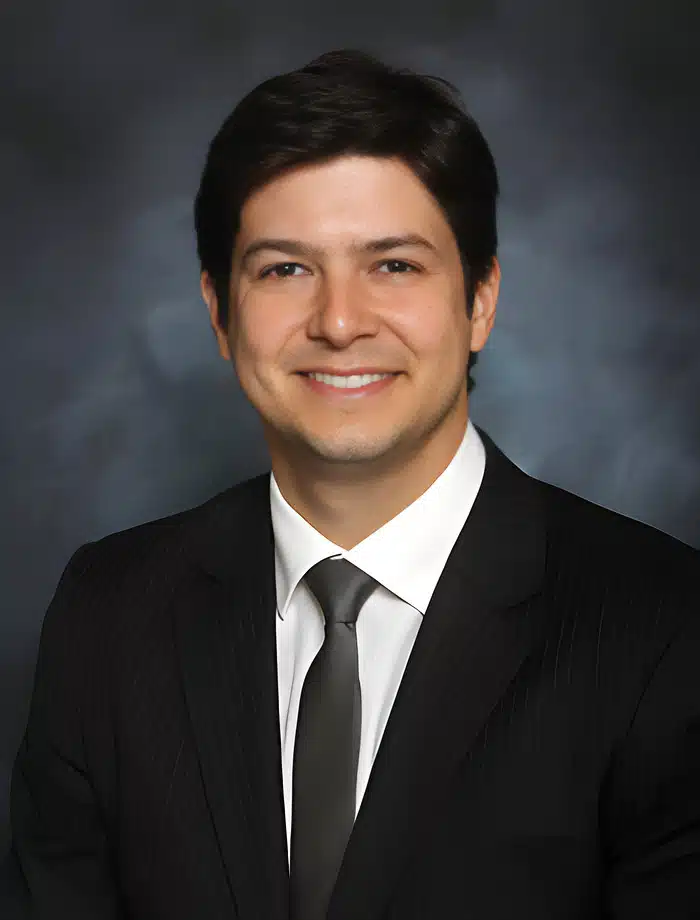
Why Choose Dr. Alexander Taghva
Dr. Alexander Taghva is a leading board-certified neurosurgeon, specializing in brain surgery, endoscopic spine surgery, as well as spine disorders. Also, he is the only spine surgeon in Orange County and southern California who offers endoscopic laminotomy surgery. Dr. Taghva:
- Graduated from John Hopkins University School of Medicine and completed his residency at the University of California
- Completed a prestigious fellowship at The Ohio State University in Neuromodulation and Functional Neurosurgery
- Specializes in minimally invasive and endoscopic surgery, spinal stenosis, artificial disc replacement, spinal disorders, spinal surgery revision, and other spinal conditions.
- Specializes in brain surgery to treat trigeminal neuralgia, brain tumors, pituitary tumors, and Parkinson’s disease.
- A highly-respected neurosurgeon with many years of experience, including treating chronic pain via stimulation of the spinal cord and brain
- Actively involved in medical research and the lead investigator for clinical trials on spinal cord stimulation


